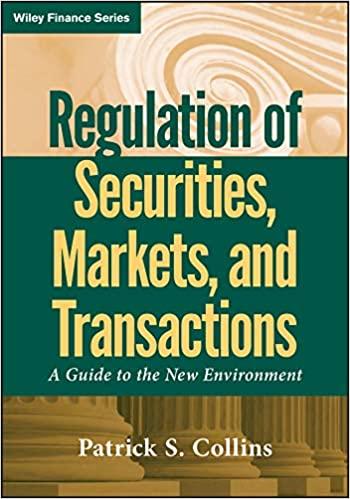
Consider a slight modification of the two-period model with real investment as follows. Firms live only for one period. In each period, a representative firm takes only labor as input (there is no capital) and has the following production technology: Y = 2N Each worker in period t costs w, to hire for t = 1, 2. In each period, the firm's profit is distributed to the consumers. Suppose that there is no government (so that G = T = 0 in both periods). The representative consumer maximizes a utility function: U(C, C) = log(c) + log(c) and has h = 24 hours to spend on leisure or work in each period. ** Part a (5 marks) Solve the first-period labor demand N as a function of w. ** Part b (5 marks) Find the optimized profits of the Period 1 firm (in terms of w) and that of the Period 2 firm (in terms of W). Denote them by , 2 respectively. ** Part c (5 marks) Solve the optimal level of c in terms of w, W, r, , . [Note that , are regarded as given by the representative consumer, as in the usual two-period model.] ** Part d (5 marks) Suppose that w = W in the equilibrium. Show that the equilibrium real interest rate is /* = 0. [Hint: Consider the market clearing conditions of the goods markets in the two periods and the first-order conditions.] Consider a slight modification of the two-period model with real investment as follows. Firms live only for one period. In each period, a representative firm takes only labor as input (there is no capital) and has the following production technology: Y = 2N Each worker in period t costs w, to hire for t = 1, 2. In each period, the firm's profit is distributed to the consumers. Suppose that there is no government (so that G = T = 0 in both periods). The representative consumer maximizes a utility function: U(C, C) = log(c) + log(c) and has h = 24 hours to spend on leisure or work in each period. ** Part a (5 marks) Solve the first-period labor demand N as a function of w. ** Part b (5 marks) Find the optimized profits of the Period 1 firm (in terms of w) and that of the Period 2 firm (in terms of W). Denote them by , 2 respectively. ** Part c (5 marks) Solve the optimal level of c in terms of w, W, r, , . [Note that , are regarded as given by the representative consumer, as in the usual two-period model.] ** Part d (5 marks) Suppose that w = W in the equilibrium. Show that the equilibrium real interest rate is /* = 0. [Hint: Consider the market clearing conditions of the goods markets in the two periods and the first-order conditions.]







